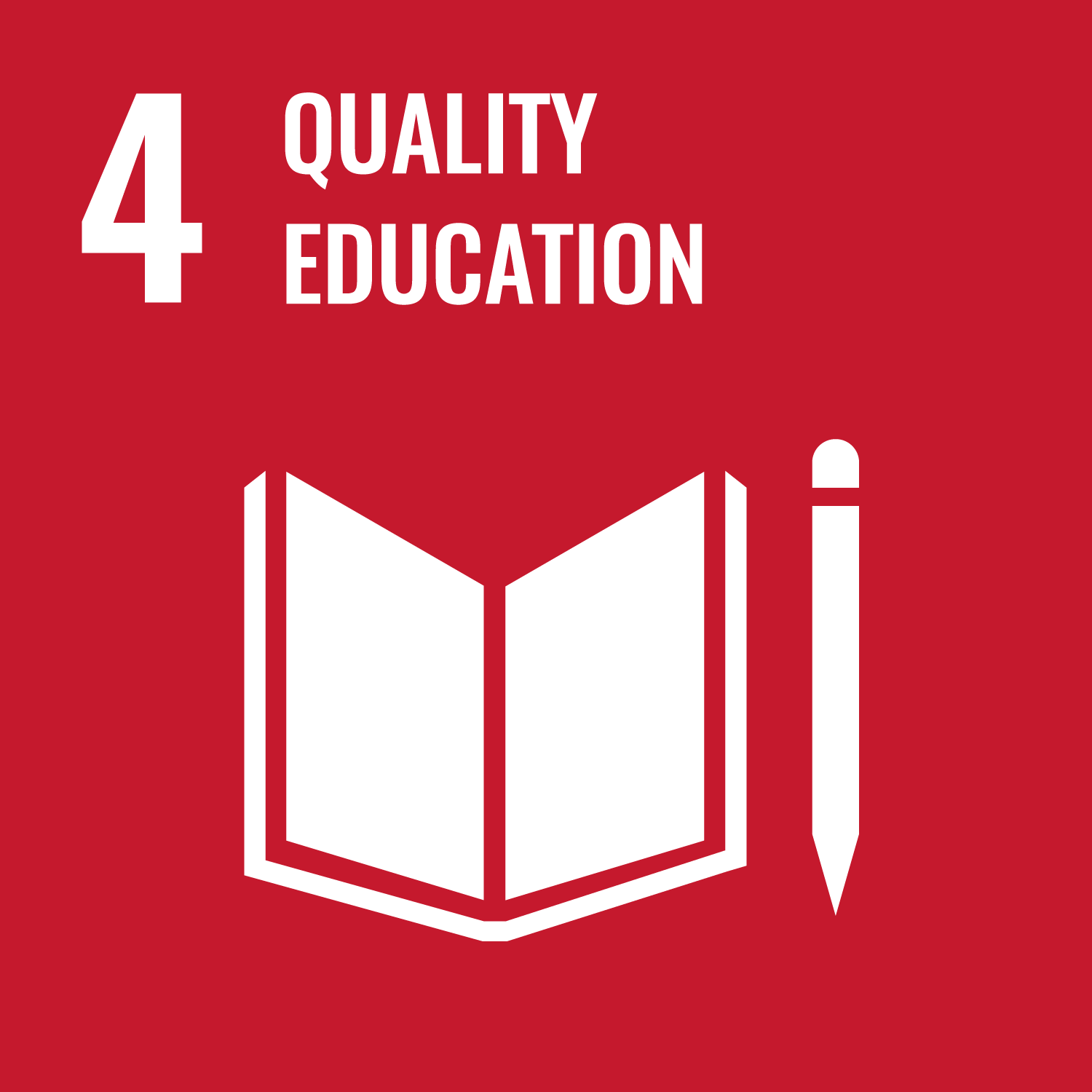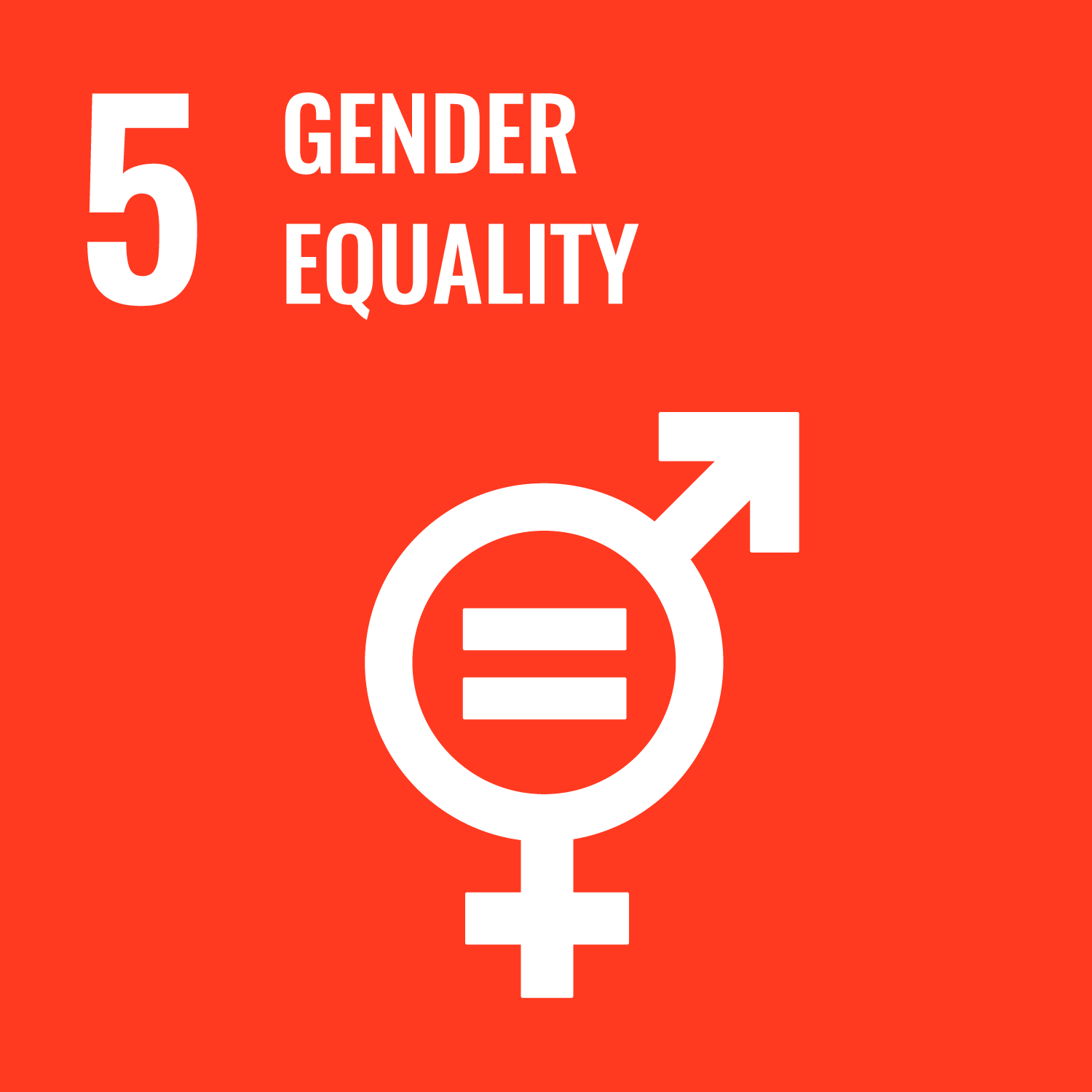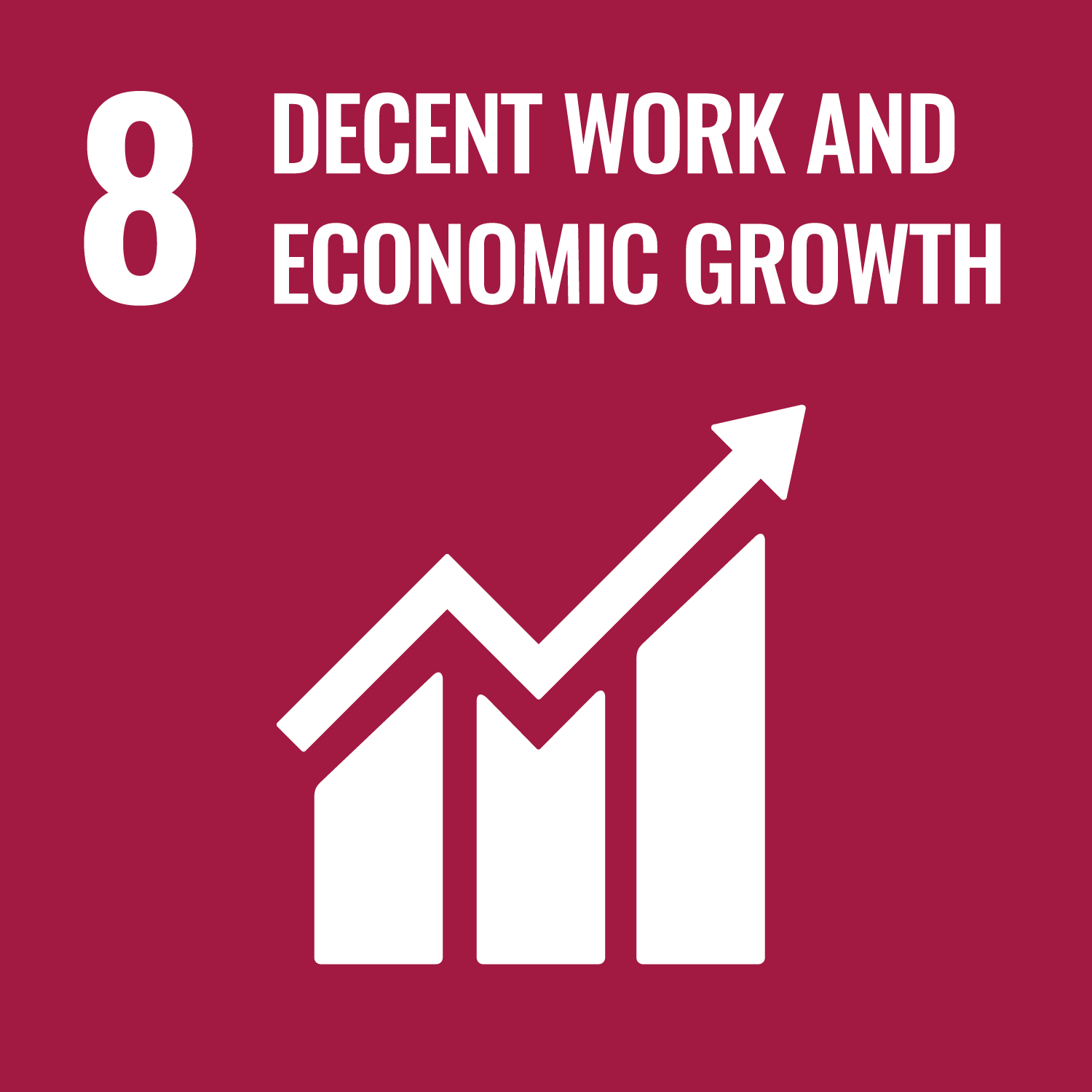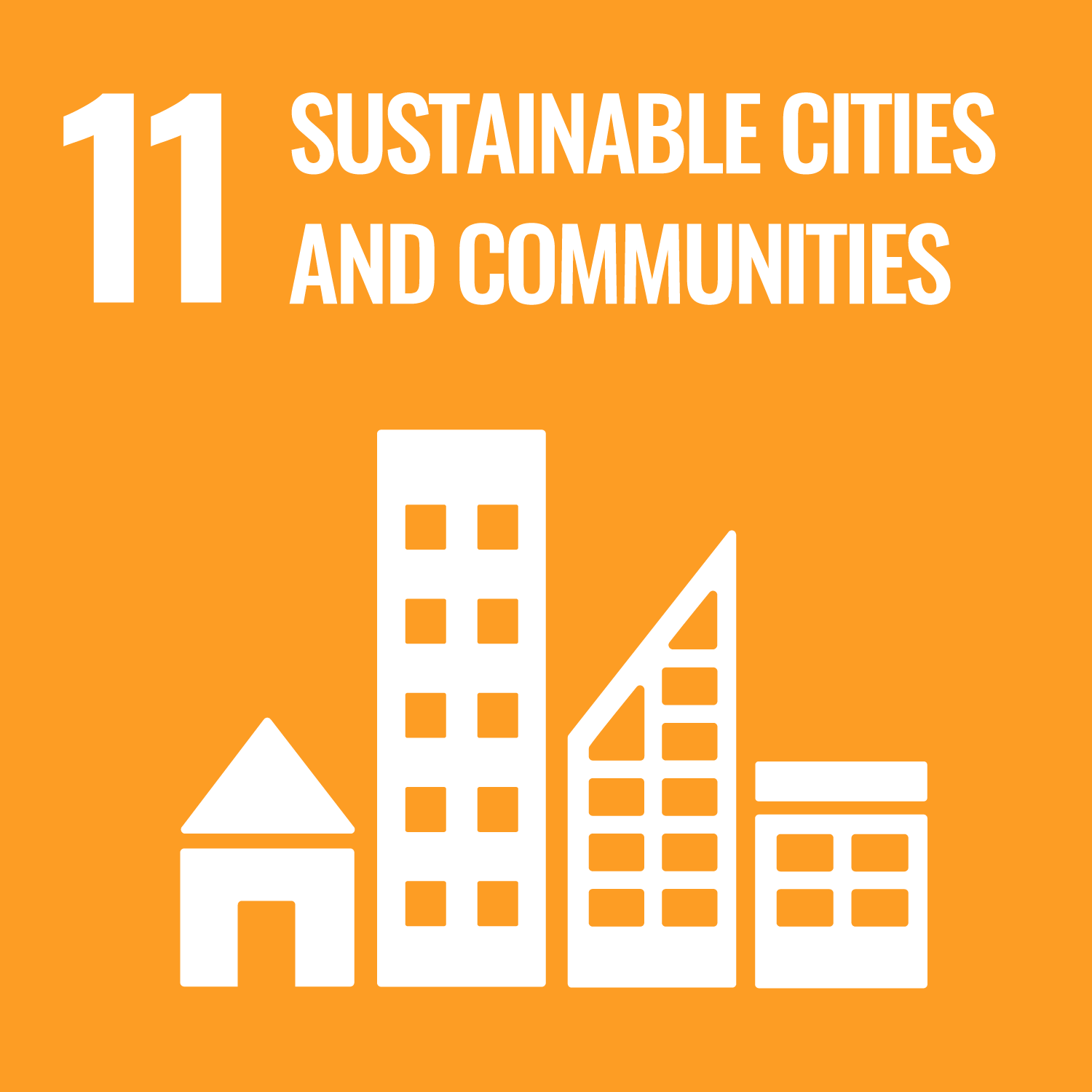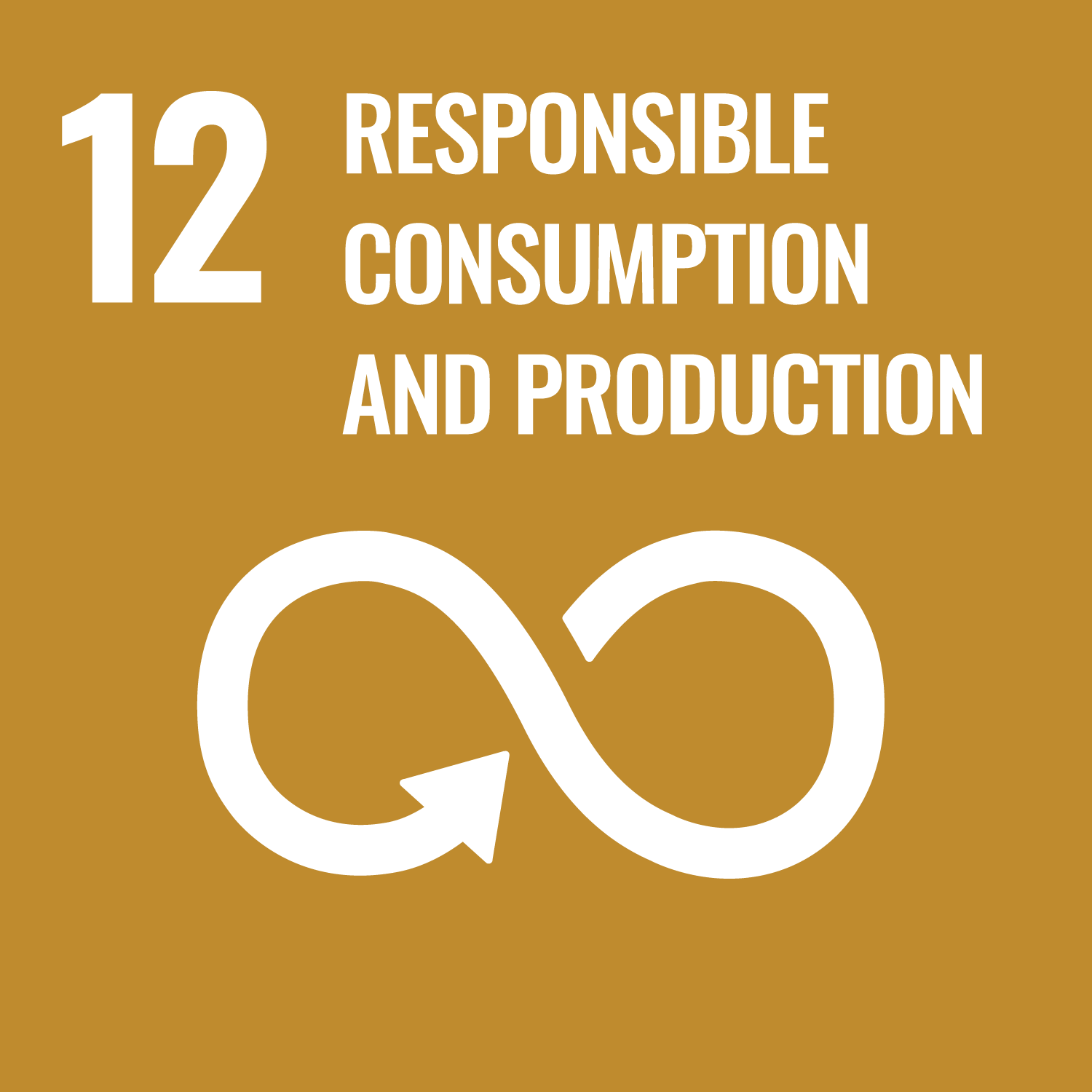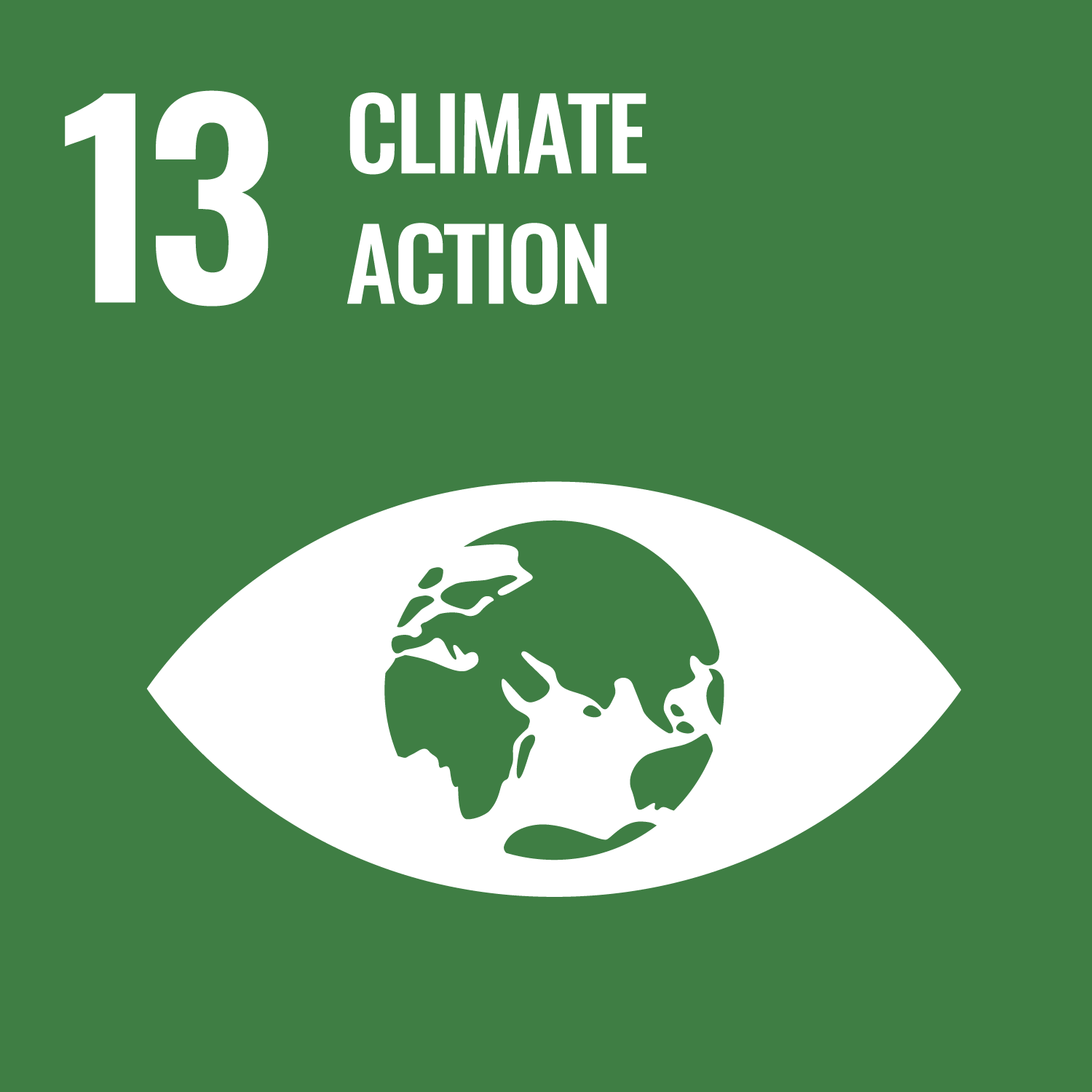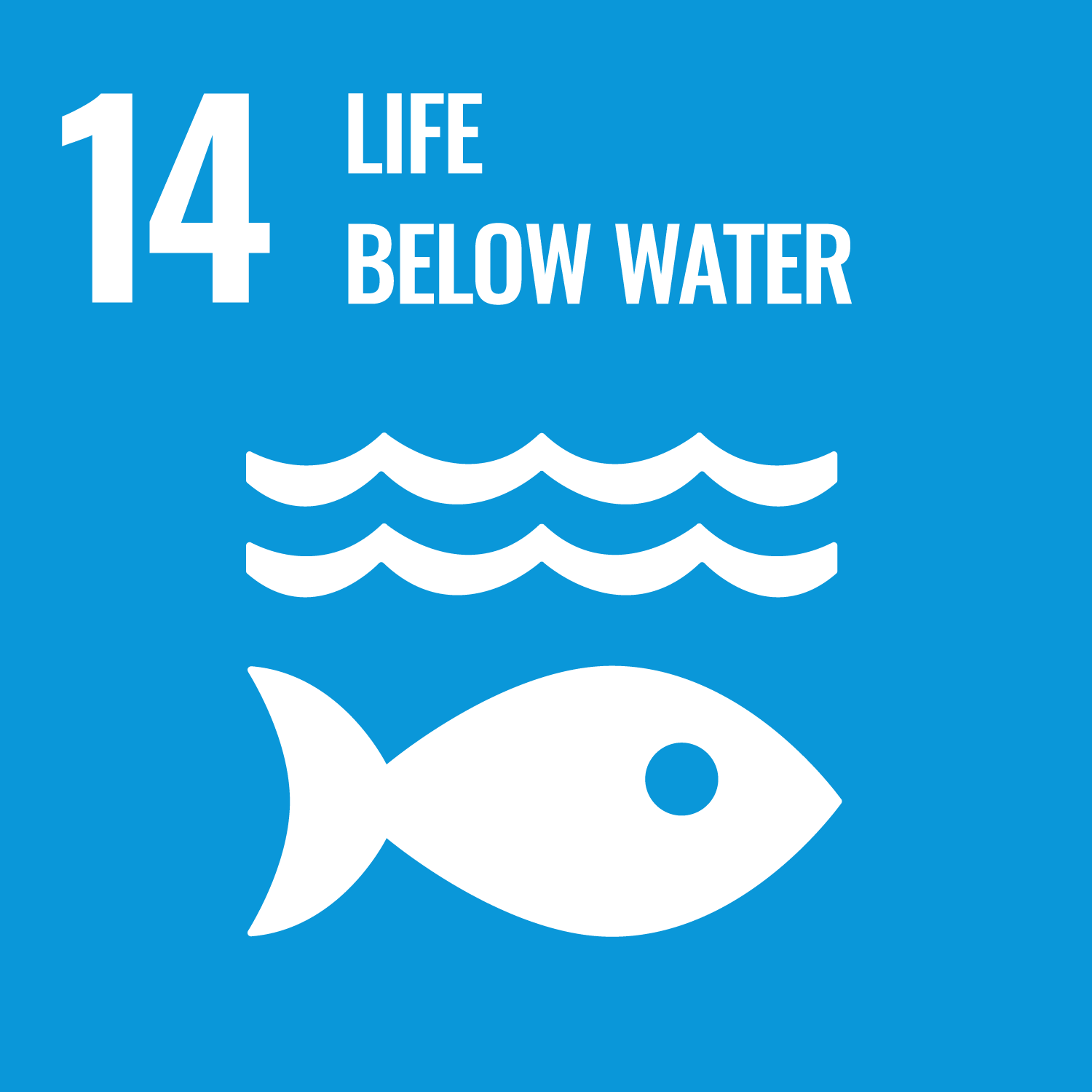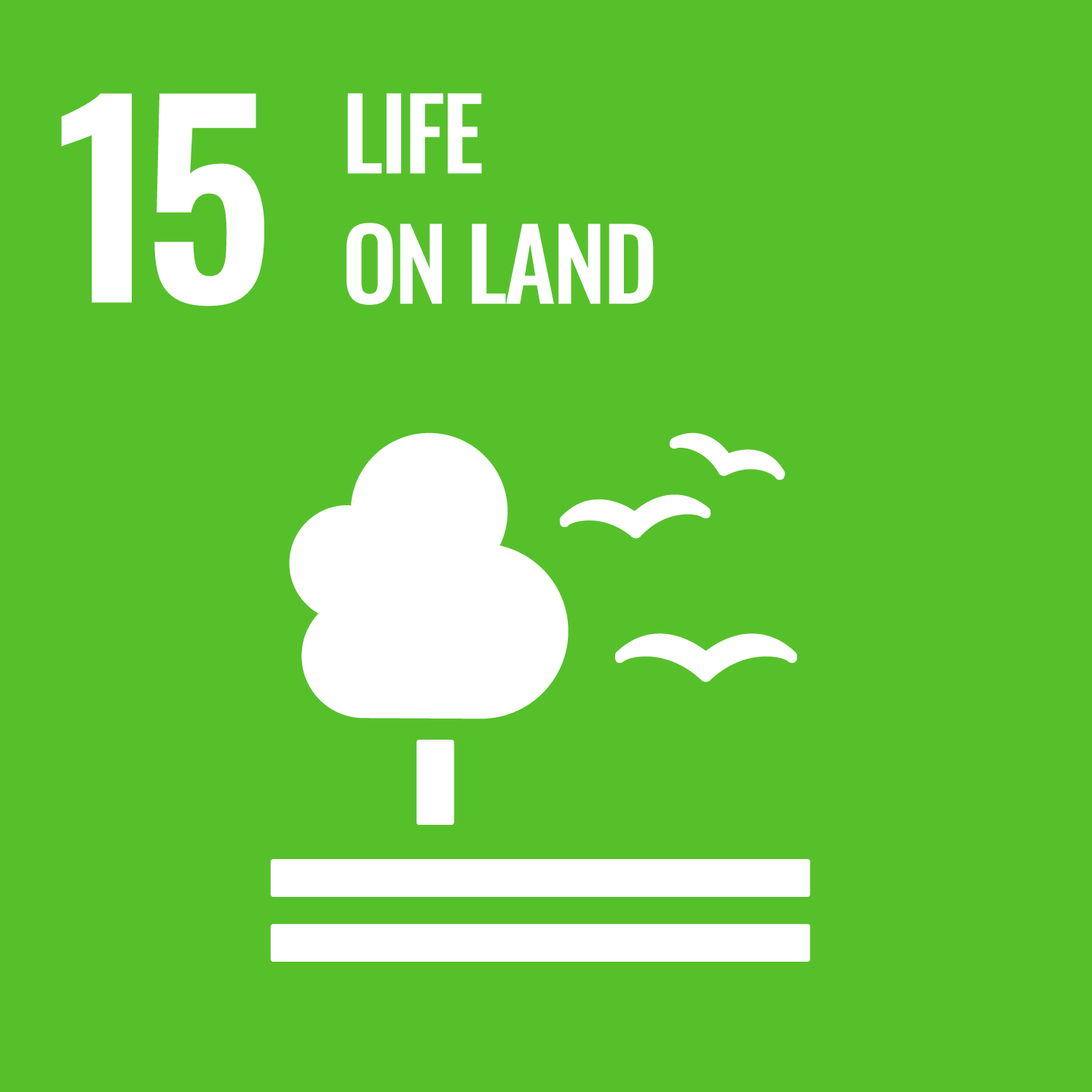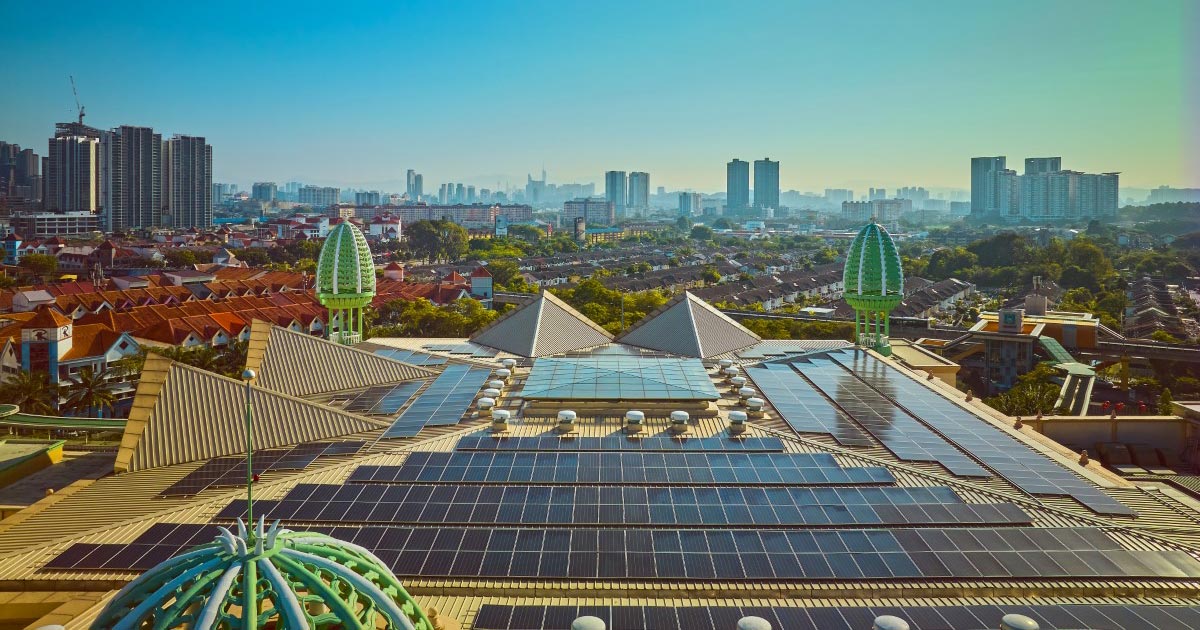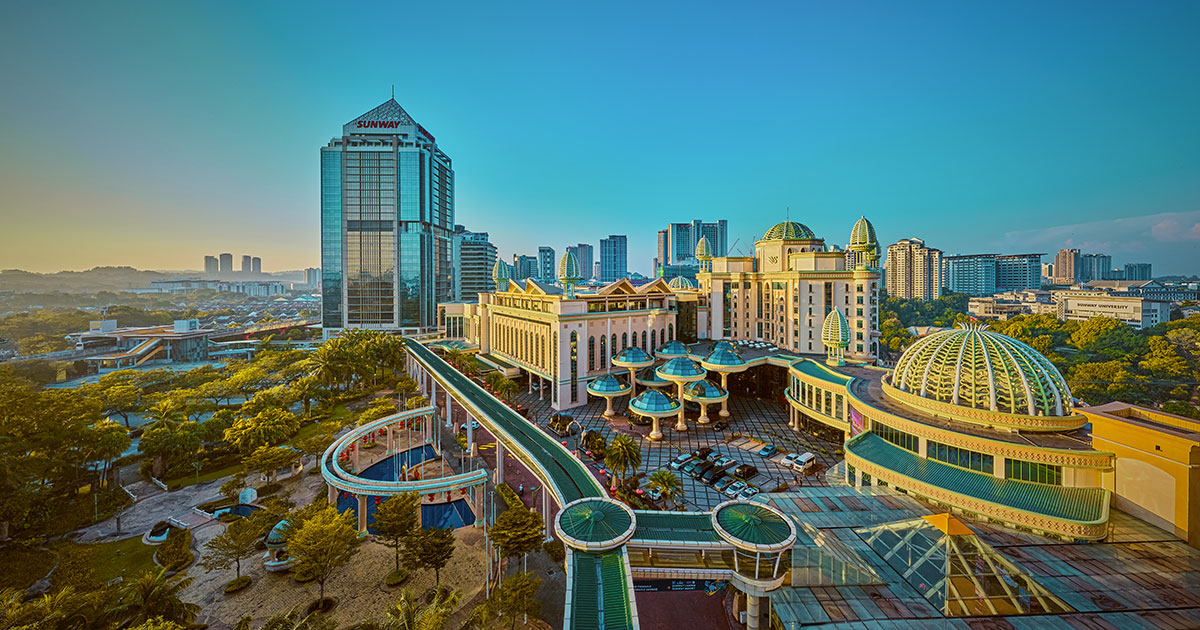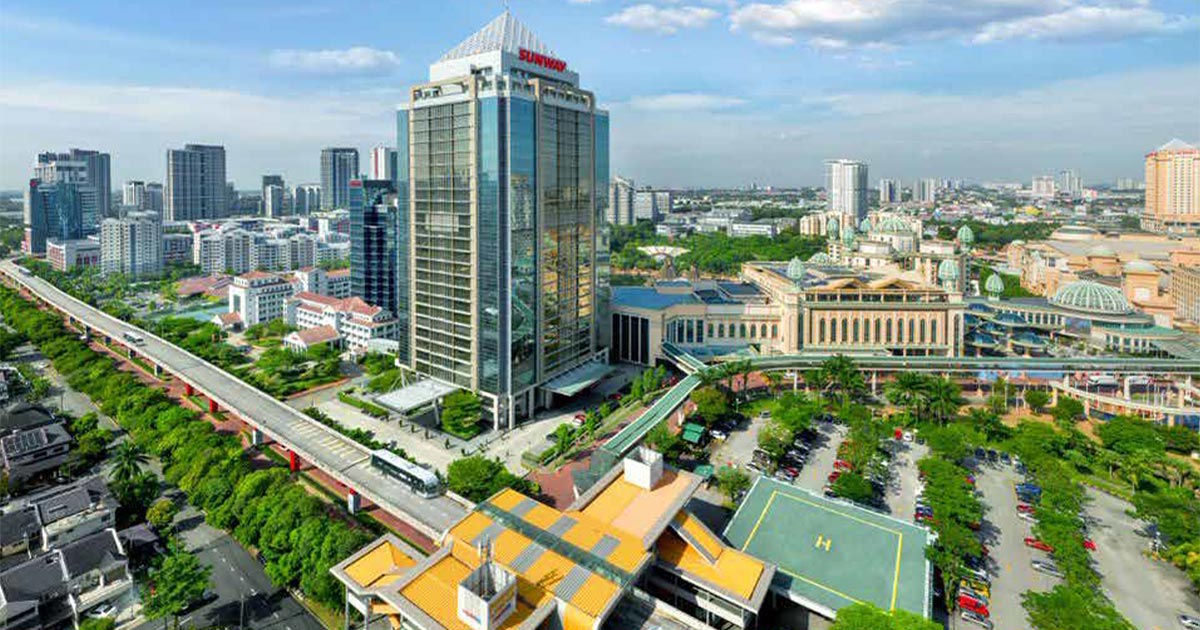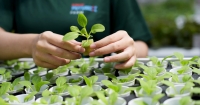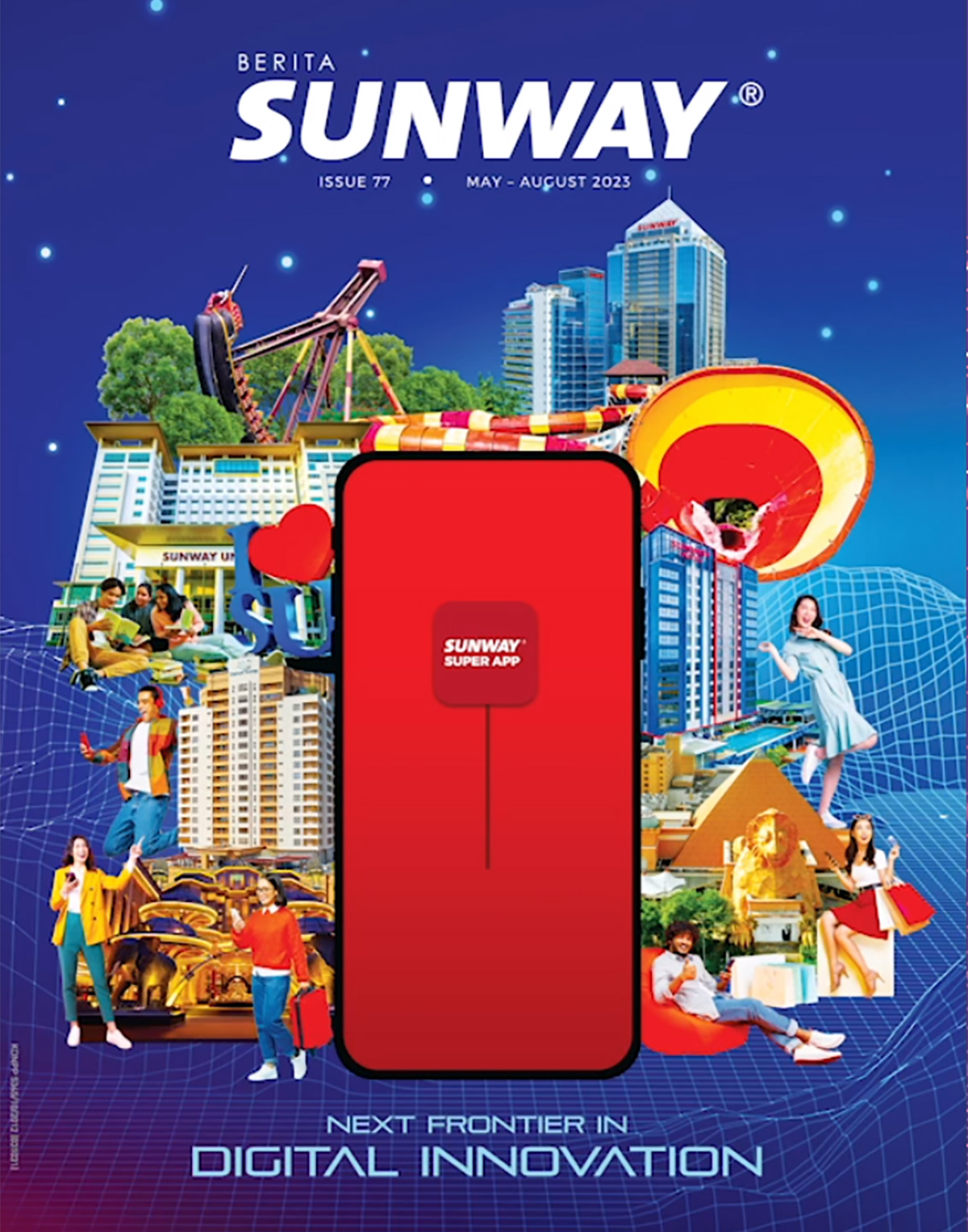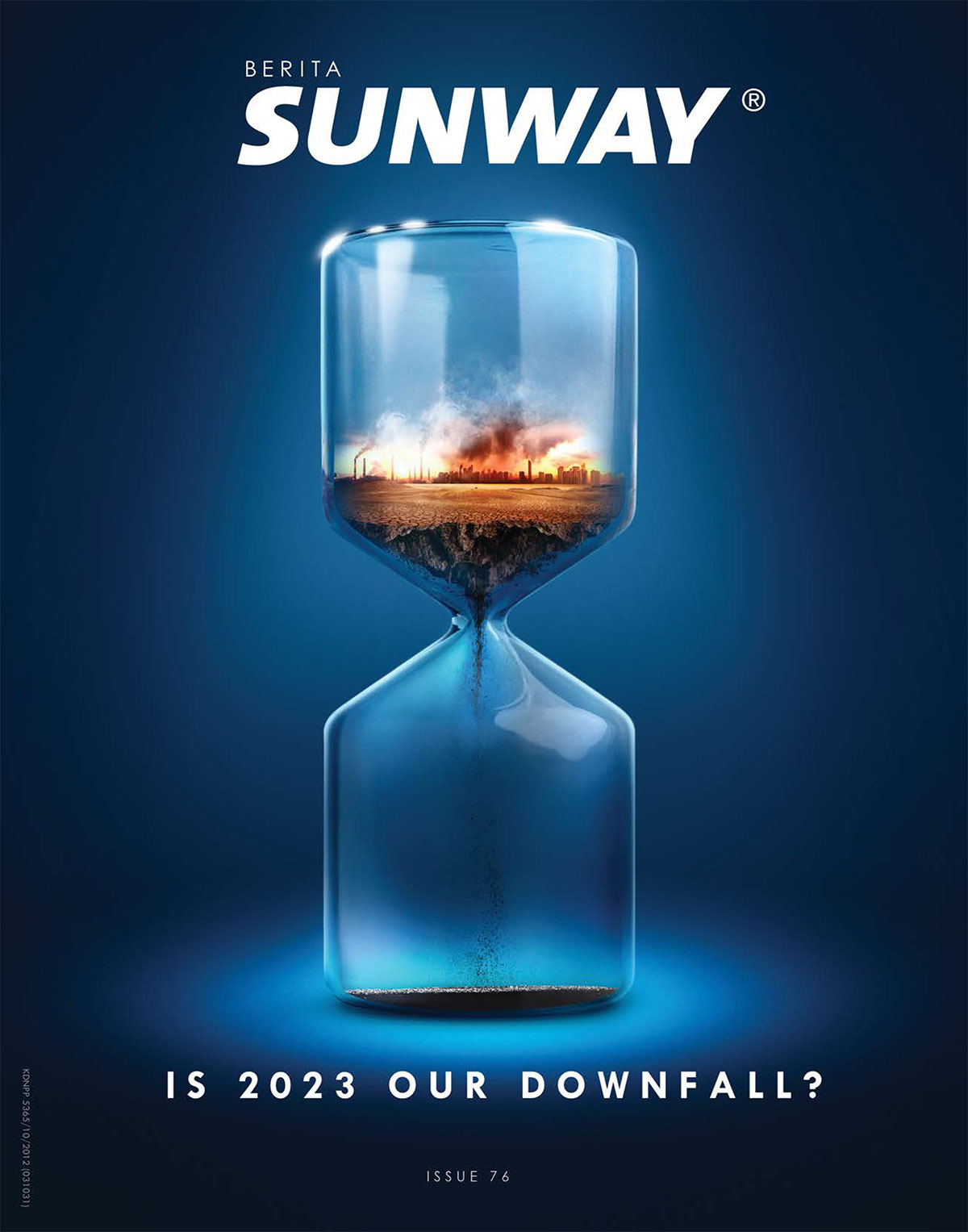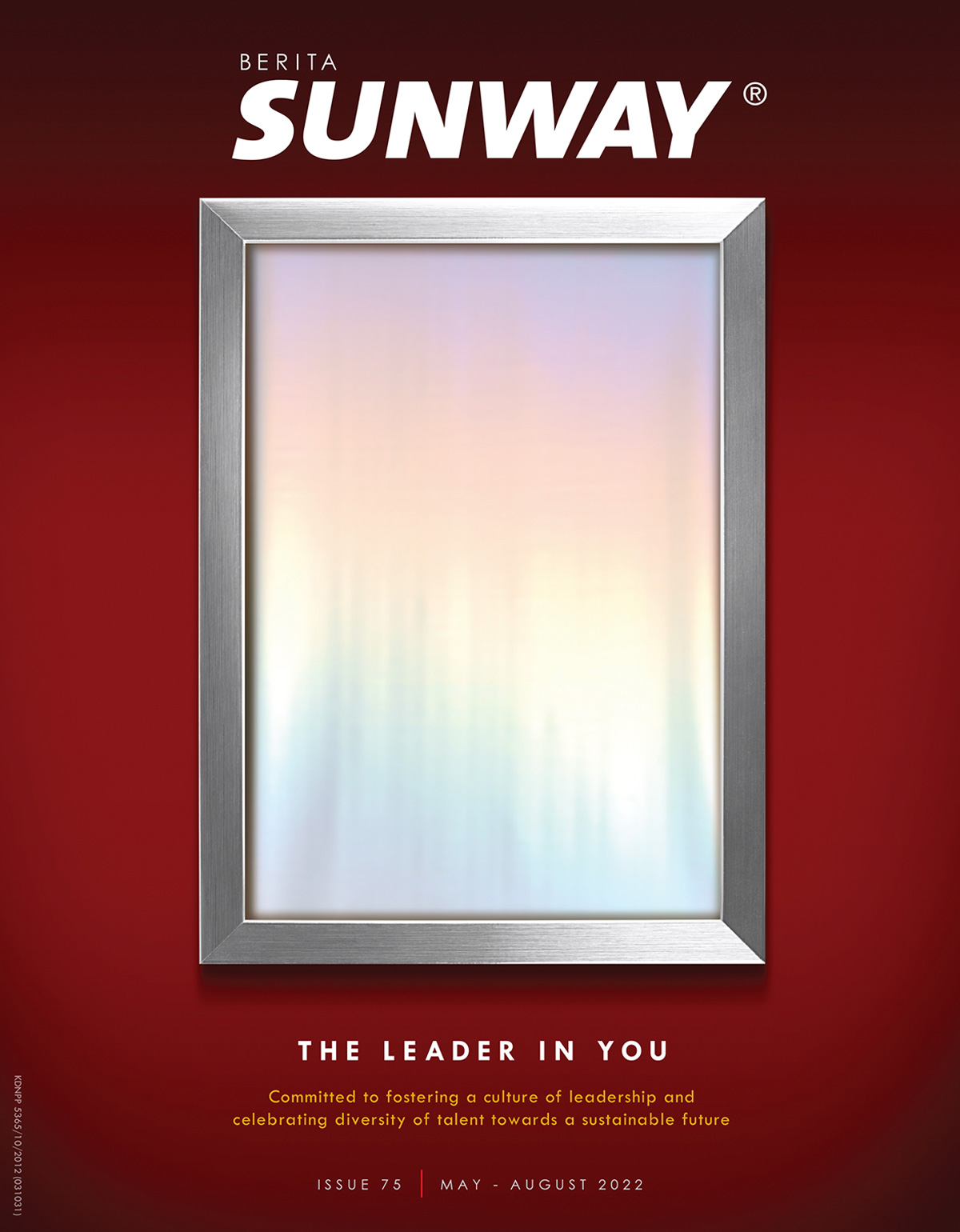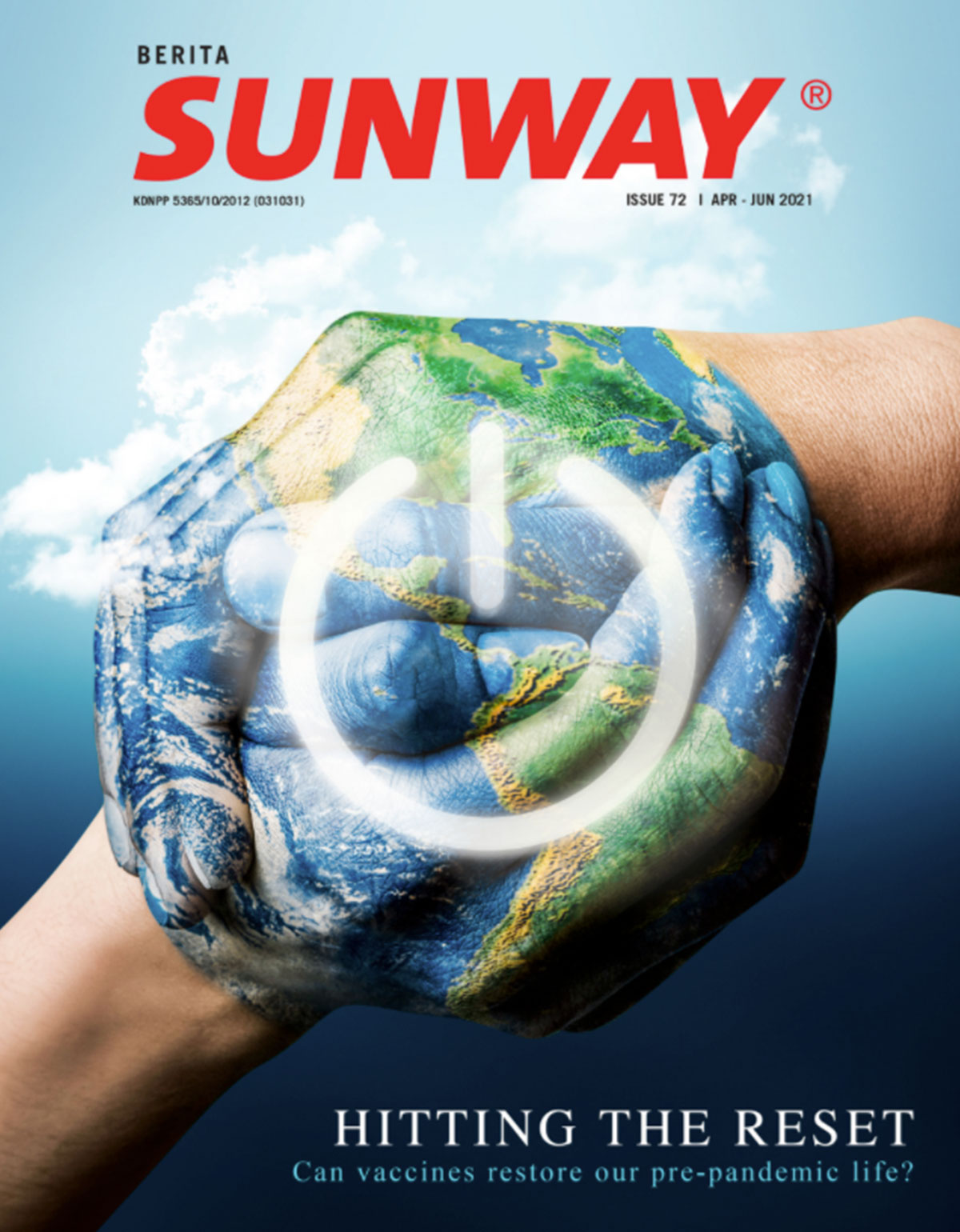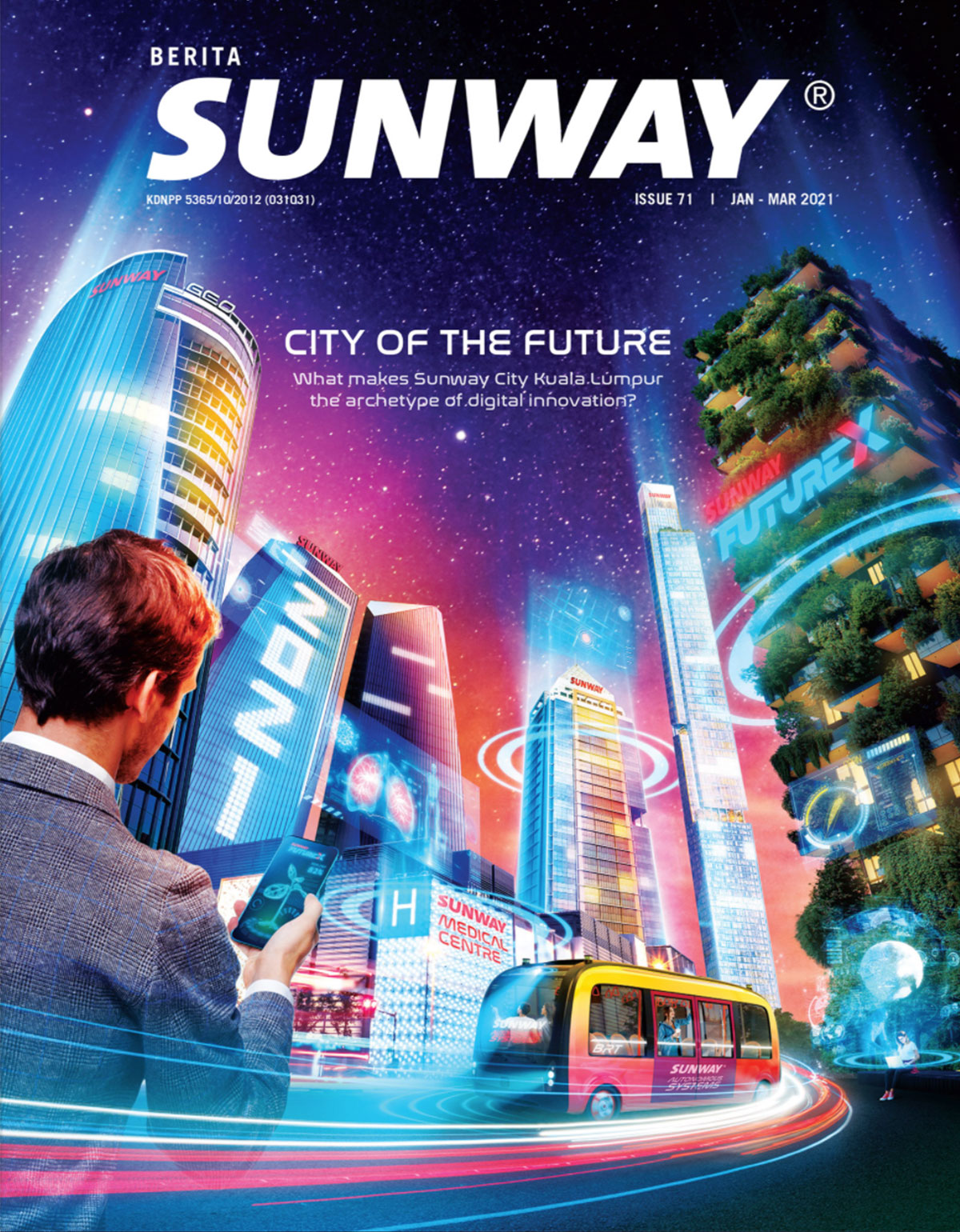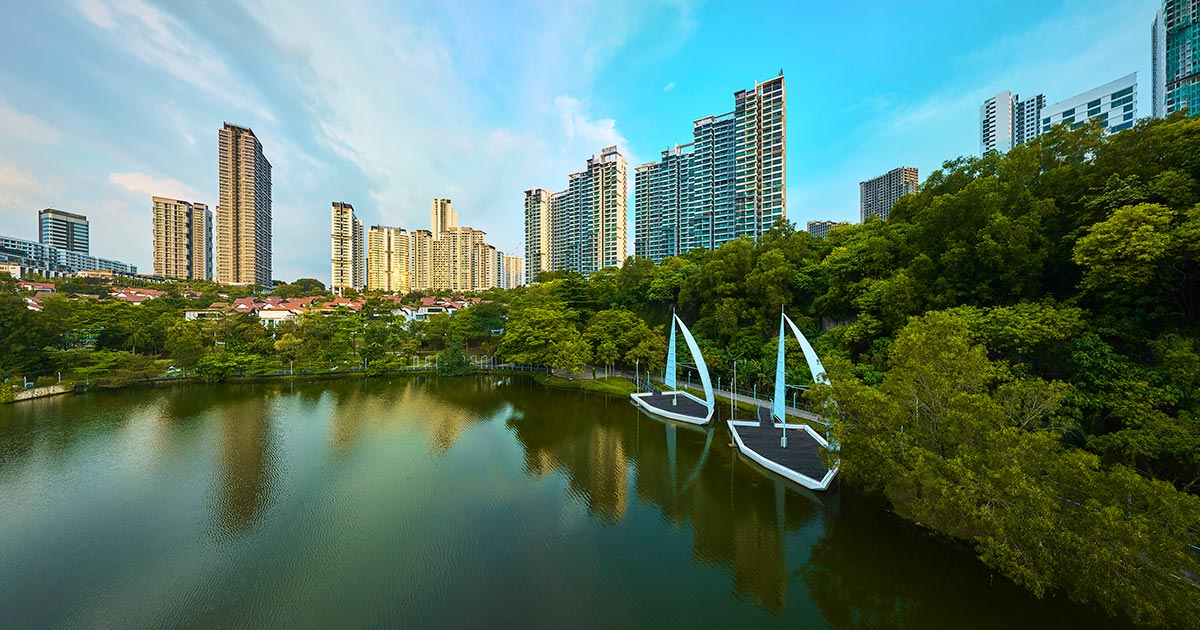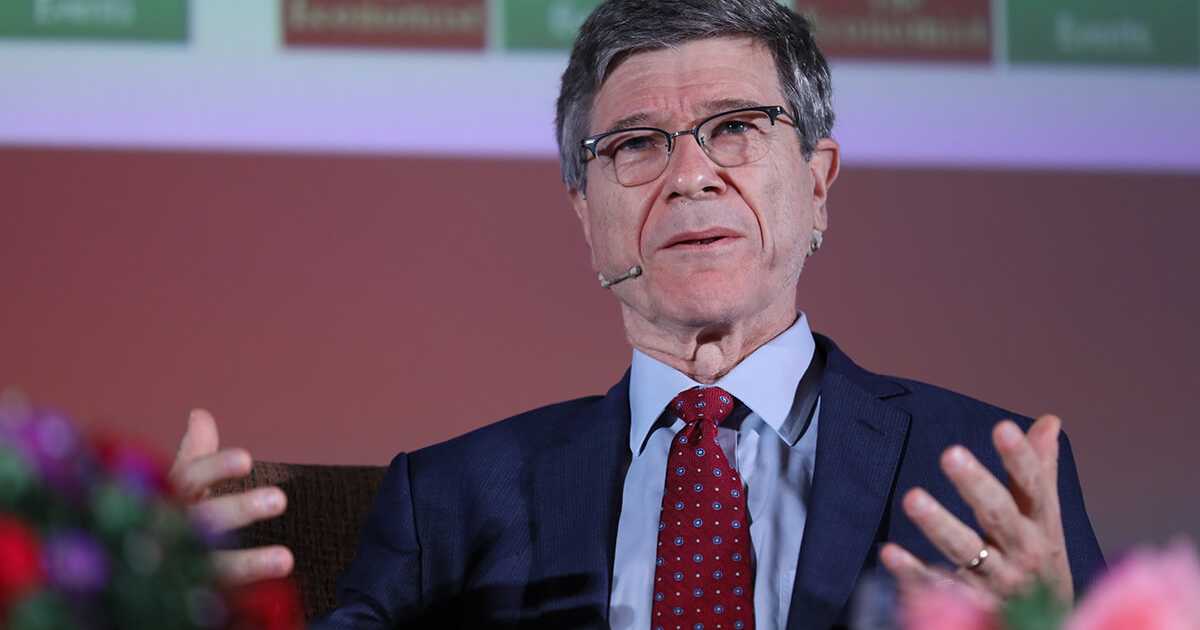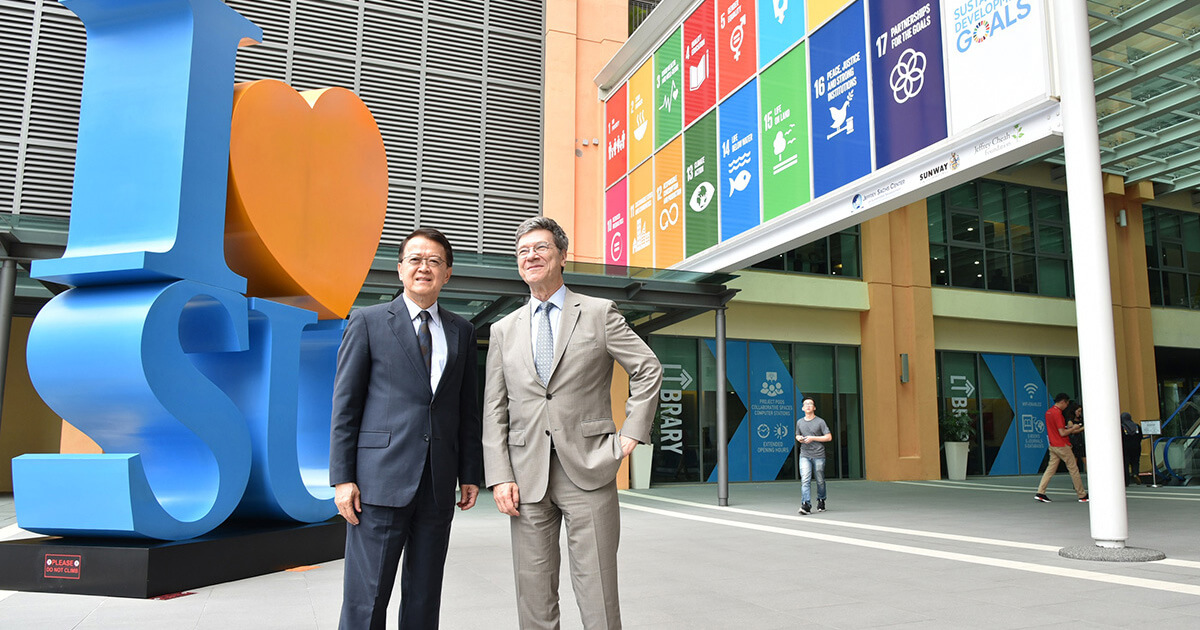Being Responsible for Our Carbon Footprint
The year 2023 saw the hottest year in history and climate scientists have predicted that 2024 will be even hotter. To keep climate change at bay and limit global warming, the world must reduce its carbon emissions by 45% by 2030 and reach net zero carbon emissions by 2050.
To meet these ambitious emission reduction targets, the European Union (EU) introduced the Carbon Border Adjustment Mechanism, commonly known as CBAM, to put a tax on embodied carbon.
What is embodied carbon?
Embodied carbon refers to the emissions released during a good’s production, installation and transportation stage – calculated during the life-cycle stages from raw material extraction, transportation, manufacturing, construction, maintenance, renovation, and end-of-life for a product.
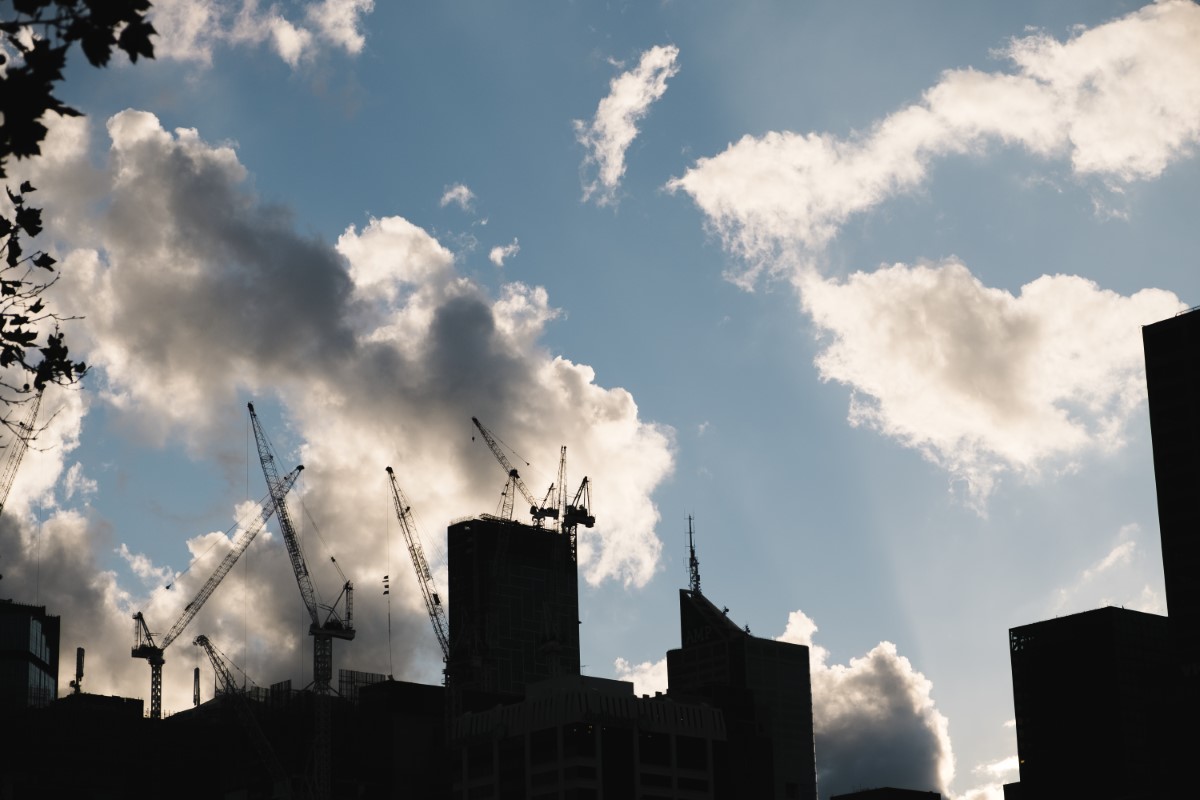
Embodied carbon is different from a business’s operational carbon, which comes from lighting, heating and cooling, as well as the operations of other infrastructure such as lifts and automatic doors of a building. These are emissions measured from energy consumption from ongoing operation of business premise itself.
As an example, the amount of embodied carbon a building eventually retains can be reduced during the initial design and planning stages, with materials produced and transported to incur minimal carbon emissions. However, the embodied carbon of an existing building cannot be removed – which is why emphasis is placed on a sustainable building design.
Driving Net Zero with CBAM
The EU introduced CBAM in 2023 as its landmark tool to fight carbon leakage; where companies relocate emissions-intensive activities to countries with less ambitious emissions reduction policies to avoid paying carbon taxes.
The CBAM monitors embodied carbon of all goods entering EU countries, and ensures that the carbon price of imports is equivalent to the carbon price of domestic production in EU.
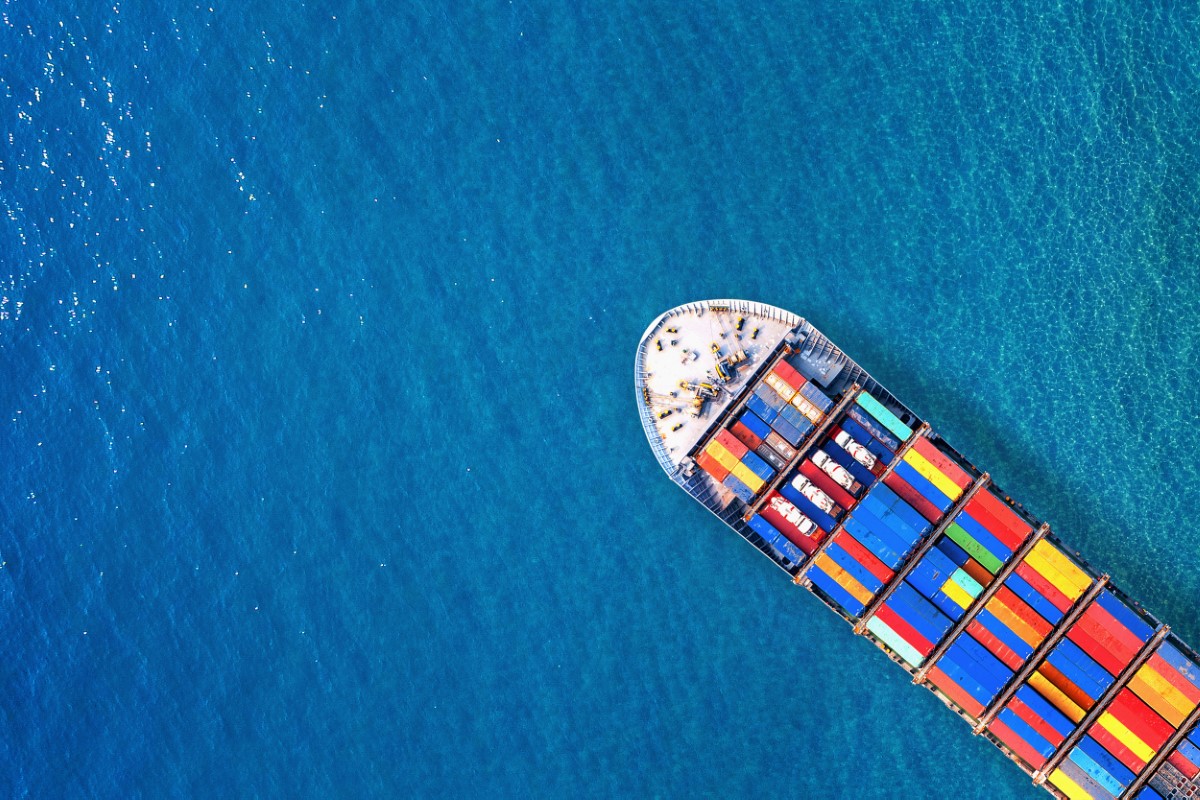
In its transition phase from 1 October 2023 to end of 2025, CBAM requires importers to report the embodied carbon of carbon-intensive goods such as iron and steel, cement, electricity, fertilisers, aluminium and hydrogen.
The transition phase will serve as a learning period for all stakeholders (importers, producers and authorities), as well as to allow collection of useful information on embedded emissions required to refine the methodology during the said period.
After the transition phase, in 2026, stakeholders will have to start paying for embedded carbon and the EU will evaluate other high-risk products to be added to the list of carbon-intensive goods.
Around 2030 to 2032, when CBAM is fully implemented, importers must compensate for the emissions by purchasing and handing over CBAM certificates.
While CBAM mostly affects highly industrialised countries such as Russia, Turkey and China, the EU has the largest network of trade agreements in the world, with a total of 74 countries, accounting for 44% of all EU trade1, and a significant trading partner for major Asian and Southeast Asian economies.
The CBAM applies pressure on non-EU countries economies, pushing businesses to innovate to reduce their carbon emissions for a cleaner and more sustainable industrial production.
Walking the talk
Sunway remains at the forefront of leading efforts towards decarbonisation, in line with our vision to be Asia’s model corporation in sustainable development and our commitment to achieve net zero by 2050.
To drive progress towards net zero, Sunway became the first in Malaysia and among the first in Southeast Asia to implement an internal carbon pricing framework in 2021.
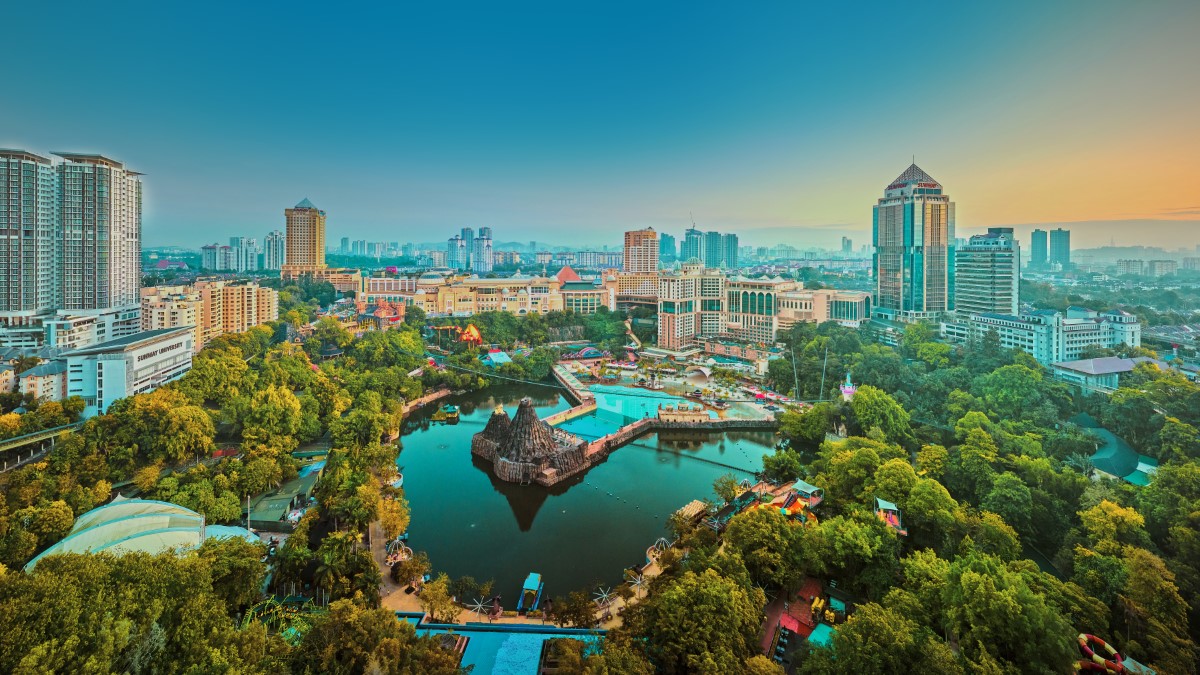
Starting in 2024, we are adding a proactive incentive programme that provides monetary rewards to businesses that achieve renewable energy and waste diversion targets.
To further advance the agenda and prepare ahead of CBAM’s full implementation, we are collecting embodied emissions data of products manufactured by Sunway Building Materials Group and Sunway Quarry.
This data can then establish Product Carbon Footprint (PCF) to assess the environmental impact of each product by defining a baseline and providing a benchmark for each product’s embodied carbon against industry guidelines and peers.
In line with Sunway’s commitment to transparency, PCF will also enable our progress towards Environmental Product Declaration (EPD) – an independently verified and certified document that provides transparent and comparable information about the life-cycle environmental impact of a product.
In terms of our building materials and quarry divisions, reporting parameters include global warming potential, use of renewable energy, and use of net fresh water, to name a few.
A Net Zero future together
In a future where carbon accountability isn’t just a choice but a baseline, businesses need to be prepared to effectively address the challenges of reducing carbon emissions.
Sunway recognises that sustainability is a journey that takes collective effort, and we encourage our supply chain members to start taking bolder actions in monitoring, disclosing and reducing their carbon emissions.
Afterall, we are all in this together.












